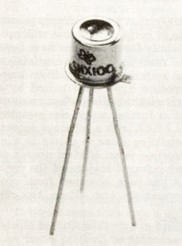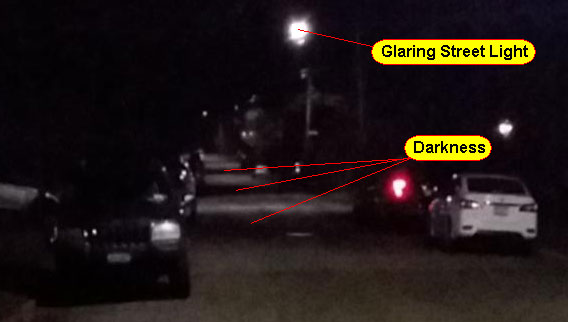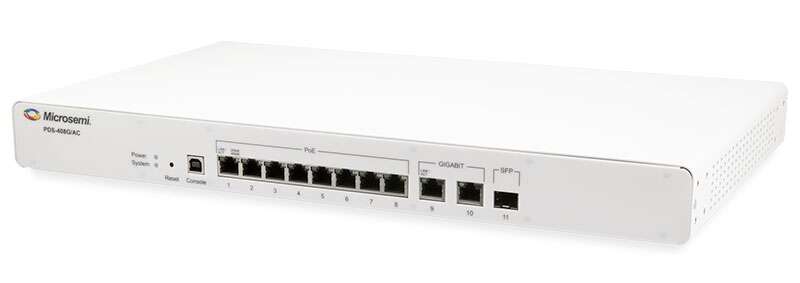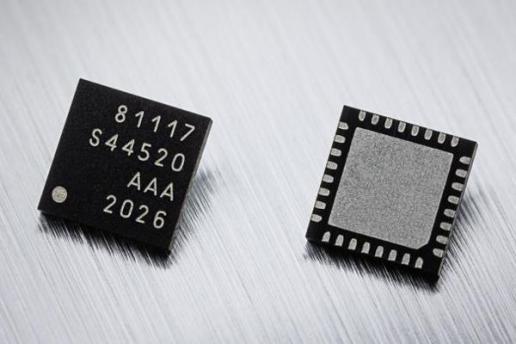
A brief history of the LED
- LEDS
- 2023-09-23 23:13:23
The LED lighting industry lost one of its founding fathers on September 18th of this year with the passing of Nick Holonyak, Jr, known as the “Father of the light-emitting diode”. His invention of a diode that could emit visible red light in 1962, was a major milestone in a line of scientific and commercial inquiry that would culminate in the plethora of LED lighting products used world-wide today. Mr. Holonyak’s invention came during the time he was working for General Electric in Syracuse, New York; where he spent the first half of his career. Shortly after, he left for a faculty position at the University of Illinois at Urbana-Champaign, where he stayed until his retirement in 2013.
Mr. Holonyak’s invention was not actually the first LED. That honor goes to Oleg Losev, another “father” of the field. Mr. Losev was a Russian scientist who proposed a correct theory of operation of an LED and constructed an LED in 1927. Mr. Losev never completed a formal education nonetheless, he made a number of discoveries about how light emitting materials work, focusing on carborundum (silicon carbide). As an interesting aside, silicon carbide(SiC) is a semiconductor naturally occurring in the mineral moissanite and, since 1983, as a man-made powder for use as an abrasive. In addition, because of its highly durable nature, SiC is used in electronics that operate in extreme environments such as lightning arresters, Schottky diodes, JFETs, and MOSFETs.
The next technological advancement in the field of LEDs came in 1958 when Rubin Braunstein and Egon Loebner patented a green LED. Fourteen years later, in 1962, Robert Biard and Gary Pittman, both with Texas Instruments, invented an infrared LED. The pair obtained a patent for their device and Texas Instruments went on to develop and manufacture several variations, all emitting infrared light (Figure 1).




The 1960s brought several additional significant commercial advances. The first application using infrared LEDs was in remote-control devices, as is still the case today. Early applications for visible red LEDs were as substitutes for small incandescent indicator lamps and in seven-segment displays. In 1964, IBM began using LEDs on their computer circuit boards and, in 1968, Hewlett Packard began incorporating LEDs into its calculator products (Figure 2).

Figure 2 HP-35 scientific calculator with LED display. Source: Wikipedia
The next technological leap for LEDs came in 1972 when M. George Craford, working at Monsanto, created a pale-yellow light by combining green and red LEDs. (NB: Light perception is additive, so that a combination of green and red light is perceived as yellow light. In contrast, paint is subtractive, so that a combination of green and red paint is perceived as dark brown.) Mr. Craford also succeeded in boosting the brightness of his LEDs to about ten times the level of Mr. Holonyak’s. Research continued into LED substrates and construction so that by the 1990s, a number of LED colors were available, including bright green, orange-red, orange, and yellow.
In 1986, Herbert Maruska and Walden C. Rhines, while working at Stanford University, invented a magnesium-dopedgallium nitrideLED that emitted blue light, but the device’s intensity was too dim for practical application. A few years later, breakthroughs in epitaxial growth and p-type doping techniques, patented in 1991 by Theodore Moustakas of Boston University, provided a path for production of high-brightness blue LEDs.
Then came a pivotal moment for the LED lighting industry. In 1994, Shuji Makamura, working for Nichia, invented the high-brightness blue LED that still serves as the foundation for nearly all commercial LED lighting products and for which he, along with his co-researchers, Isamu Akasaki and Hiroshi Amano, won a Nobel Prize in 2014. This advance enabled the creation of white light simply by applying a phosphor coating to the lens covering the blue LED(s).
The first widely available LED commercial product was the refrigerated case light. GE was the first company to install a significant number of linear LED refrigeration case lights as substitutes for fluorescent lamps. The LED tubes used approximately 40W, or about 33% less energy than their fluorescent counterparts. While this commercial advancement was significant, it was confined to a niche market.
Then, on August 3rd 2011, Philips Lighting won the first DOE-sponsored L-Prize for its LED A-lamp that emitted 900 lumens using less than 10 watts, representing an 83% energy savings over an equivalent incandescent bulb (Figure 3).

Figure 3 The Philips L-Prize A-lamp. Source: Wikipedia
And the rest, as they say, is history.
—Yoelit Hieberthas worked in the field of LED lighting for over 10 years and has experience in both the manufacturing and end-user sides of the industry.
Related Content
LightFair 2022 recapSlideshow: LED Lighting TeardownsLED history book chronicles light’s past and futureLED bulbs reveal different design approachesA brief history of the LED由Voice of the EngineerLEDSColumn releasethank you for your recognition of Voice of the Engineer and for our original works As well as the favor of the article, you are very welcome to share it on your personal website or circle of friends, but please indicate the source of the article when reprinting it.“A brief history of the LED”










